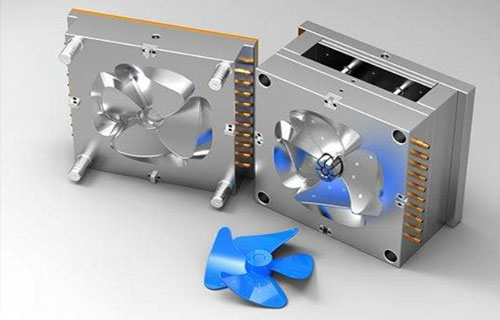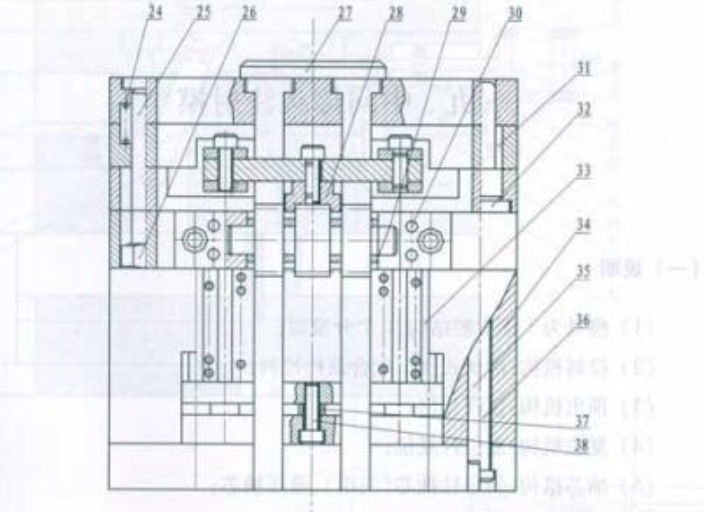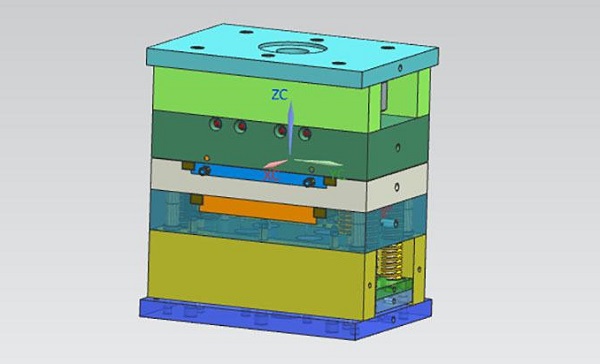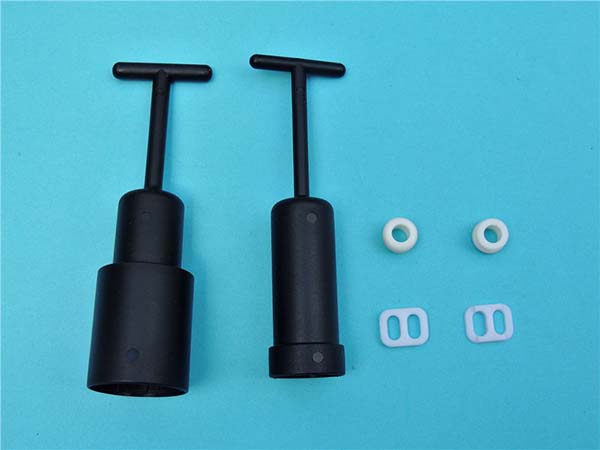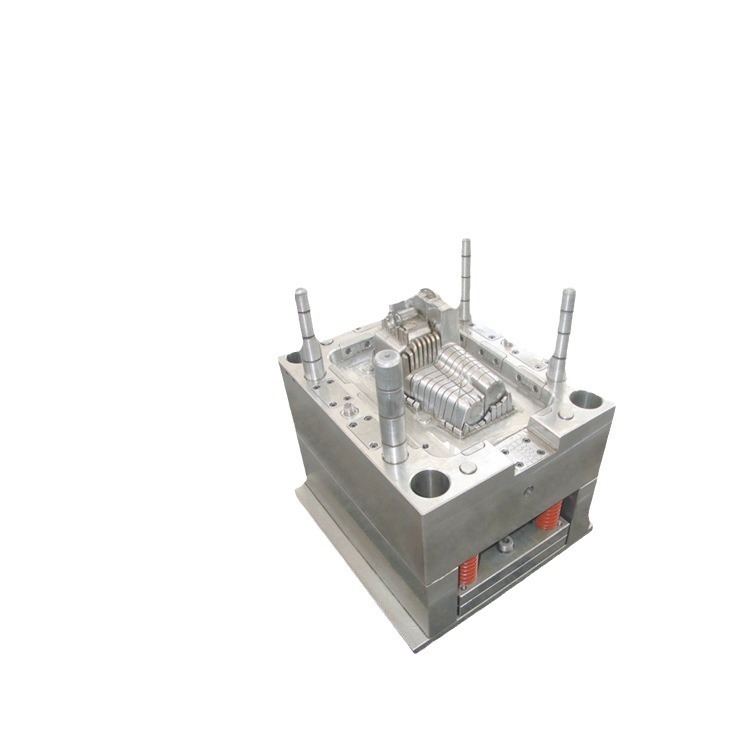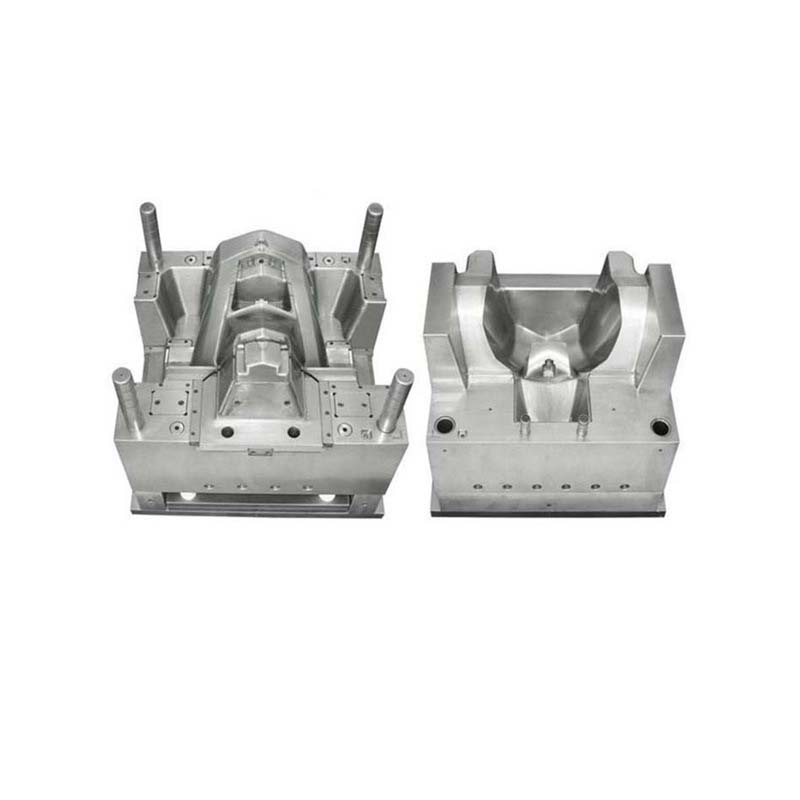Understanding the Significance of Mold Quality in Plastic Mold Manufacturing
In plastic mold manufacturing, mold quality stands as a cornerstone, exerting far - reaching impacts on multiple aspects of the production process and the final product.
Impact on Product Performance
High - quality molds are essential for ensuring the dimensional accuracy of plastic products. For instance, in the production of precision - engineered automotive parts, a deviation of even a fraction of a millimeter in the mold can lead to misfits when assembling components. According to a study by the Plastic Industry Association, over 30% of product failures in the automotive plastic parts sector are attributed to inaccurate mold dimensions. A well - crafted mold can also enhance the surface finish of the product. A smooth - surfaced mold cavity results in plastic products with a sleek and defect - free appearance, which is crucial for consumer - facing products such as electronics casings. In contrast, a low - quality mold may cause surface imperfections like sink marks, flow lines, or roughness, reducing the product's aesthetic appeal and potentially its marketability.
Influence on Production Efficiency
Mold quality has a direct bearing on production efficiency. High - quality molds are more durable and require fewer maintenance intervals. A study by industry analysts shows that molds made from premium materials and with advanced manufacturing techniques can last up to 20% longer than their lower - quality counterparts. This means fewer mold replacements during production runs, minimizing production downtime. For example, in a large - scale plastic injection molding factory that produces 10,000 plastic containers per day, a mold change can take up to 4 hours. If a high - quality mold reduces the number of mold changes from 5 times a month to 4 times a month, it saves 4 hours of production time monthly, which can be used to produce an additional 40,000 containers. Additionally, molds with efficient cooling systems (a sign of good quality) can significantly shorten the cooling time of plastic products, thereby increasing the production cycle speed.
Effect on Cost Control
Although high - quality molds may have a higher initial investment, they prove to be cost - effective in the long run. As mentioned before, their longer lifespan reduces the frequency of mold replacement costs. Moreover, by producing fewer defective products due to better dimensional accuracy and surface finish, the cost of rework and waste is significantly decreased. A case study in the toy manufacturing industry found that companies using high - quality molds had a defect rate of 3%, while those using low - quality molds had a defect rate of 10%. Considering the cost of raw materials, labor, and production time for each toy, the savings in defect reduction alone was substantial. On the other hand, low - quality molds may lead to increased costs in the form of frequent repairs, production delays, and the loss of customer trust due to inconsistent product quality.
Strategies to Improve Mold Quality
Advanced Material Technologies
The choice of materials in plastic mold manufacturing is a critical factor in determining mold quality. Traditional mold materials are being complemented and sometimes replaced by new advanced materials. For example, high - performance alloys such as Inconel 718 have found applications in mold manufacturing. Inconel 718 offers excellent high - temperature strength, with the ability to maintain good strength and toughness at temperatures up to about 700°C (1300°F). This is beneficial when molds are subjected to high - temperature plastic injection processes, as it reduces the risk of mold deformation. Its high - temperature stability also ensures dimensional accuracy during the molding process.
Composites are another group of materials making an impact. Carbon fiber - reinforced composites, for instance, combine the high strength - to - weight ratio of carbon fiber with the formability of plastic matrices. These composites can be used to create molds that are both lightweight and extremely strong, which is especially useful for large - scale molds where weight reduction can lead to easier handling and reduced energy consumption during operation. They also exhibit high fatigue resistance, meaning they can withstand repeated stress cycles during the molding process without significant degradation, thus extending the mold's lifespan.
Precision Design Tools and Techniques
In the modern era of plastic mold manufacturing, advanced design software and simulation analysis tools play a pivotal role in enhancing mold quality. CAD (Computer - Aided Design) software, such as CATIA V5, provides engineers with a platform to create highly detailed 3D models of molds. This allows for precise visualization of the mold structure, including complex geometries and internal channels for cooling or heating.
Simulation analysis tools like MoldFlow are equally important. They can simulate the plastic injection process, predicting factors such as melt flow, temperature distribution, and potential areas of stress concentration within the mold. By running these simulations, designers can identify and rectify design flaws before the actual manufacturing process begins. For example, a company that manufactures plastic automotive interior parts used MoldFlow to analyze the filling process of a new mold design. The simulation revealed that there was a risk of short - shots (incomplete filling) in a particular area of the mold. The designers were able to modify the gate location and runner system based on the simulation results, and as a result, the defect rate in the actual production was reduced from an estimated 15% to less than 3%.
Optimization of Manufacturing Processes
The manufacturing processes used in plastic mold production have a direct bearing on mold quality. High - speed machining is one such process that has gained popularity. It allows for faster material removal rates while maintaining high precision. In high - speed machining, the cutting tools operate at much higher rotational speeds compared to traditional machining, which results in a better surface finish. For example, in the production of molds for small, intricate plastic components like connectors, high - speed machining can achieve surface roughness values as low as Ra 0.1 - 0.3μm, which is far superior to what can be achieved with conventional machining methods.
Electrical Discharge Machining (EDM) is another technique that is crucial for creating complex shapes and features in molds. EDM uses electrical discharges to erode the workpiece material, enabling the creation of highly detailed cavities and cores. It is particularly useful for molds with sharp corners, fine details, or hard - to - machine materials. For instance, in the production of molds for medical device components with complex internal structures, EDM can accurately create the required geometries with tight tolerances of ±0.005mm.
Additive manufacturing, also known as 3D printing, is revolutionizing mold manufacturing. It allows for the creation of molds with complex internal lattice structures that can optimize cooling channels. These optimized cooling channels can significantly reduce the cooling time of plastic parts during the molding process. A study showed that molds with 3D - printed optimized cooling channels reduced the cooling time of plastic parts by up to 40%, leading to increased production efficiency.
Robust Quality Management Systems
Establishing a comprehensive quality management system is fundamental to improving mold quality. A quality management system should start with the setting of clear quality objectives. For example, a mold manufacturing company may set an objective to reduce the dimensional error of its molds to within ±0.01mm for 95% of its production output.
Regular quality audits are essential to ensure that the manufacturing processes are in line with the set quality standards. These audits can be both internal, conducted by the company's own quality control team, and external, carried out by independent third - party auditors. During an internal audit, the quality control team may check the calibration of machining equipment, the quality of incoming raw materials, and the compliance of manufacturing processes with standard operating procedures.
Continuous improvement is the cornerstone of a successful quality management system. Companies can use techniques such as Six Sigma or Lean Manufacturing to identify areas for improvement. For example, a mold manufacturer used Lean Manufacturing principles to analyze its production flow. They identified that there was a significant amount of non - value - added time in the mold assembly process due to poor layout and inefficient material handling. By reorganizing the assembly area and implementing a just - in - time material delivery system, they were able to reduce the assembly time by 30% and improve the overall quality of the assembled molds.
Yigu Technology's Perspective
As a non - standard plastic metal products custom Supplier, Yigu Technology attaches great importance to improving mold quality in plastic mold manufacturing. We believe that high - quality molds are the key to ensuring the performance and appearance of plastic products, as well as the efficiency and cost - effectiveness of production processes.
Material selection is the first step. We carefully choose materials based on the specific requirements of the mold, such as its application scenarios, expected lifespan, and the properties of the plastic to be molded. For example, when manufacturing molds for high - temperature - resistant plastic products, we will select heat - resistant alloy materials to ensure the stability of the mold during the molding process.
Our design process is highly optimized. We use advanced 3D design software to create detailed and accurate mold models, and conduct in - depth simulation analysis to predict potential problems in advance. This allows us to make improvements to the design, such as optimizing the layout of cooling channels to ensure uniform cooling of the plastic and reduce the occurrence of defects.
Quality control is also a crucial part of our production. We have established a strict quality management system, from the inspection of incoming raw materials to the multi - stage testing of semi - finished and finished molds. Each process is closely monitored to ensure that the final mold product meets high - quality standards. Only by strictly controlling every link can we provide customers with high - quality plastic molds that meet their needs.
FAQ
Q1: How does material selection impact mold quality?
Material selection is fundamental to mold quality. Different materials have distinct properties. For example, steel with high carbon content offers excellent hardness and wear - resistance, which is ideal for molds that endure repeated contact with plastic during injection molding. This high - carbon steel can maintain its shape and surface finish over a large number of molding cycles, reducing the risk of surface defects on the plastic products. In contrast, a material with poor heat - resistance may deform when exposed to the high - temperature plastic melt, leading to dimensional inaccuracies in the mold and ultimately the plastic parts. Additionally, materials with low corrosion - resistance can be affected by the chemical components in some plastics, weakening the mold structure and shortening its lifespan.
Q2: What are the common design mistakes that affect mold quality?
Common design mistakes include 不合理的模具结构(unreasonable mold structure)and insufficient dimensional accuracy. A mold with an improper gating system, such as a gate that is too small or located in a sub - optimal position, can cause uneven plastic flow during injection. This may result in short - shots, where the plastic does not completely fill the mold cavity, or weld lines, which weaken the structural integrity of the plastic product. Insufficient draft angles in the mold design can also lead to difficulties in ejecting the plastic part from the mold, potentially causing damage to both the part and the mold. To address these issues, designers should conduct thorough flow analysis using simulation software before finalizing the design, and ensure that all dimensions are accurately calculated and specified with appropriate tolerances.
Q3: How can quality control be effectively implemented in plastic mold manufacturing?
Effective quality control in plastic mold manufacturing can be achieved through several means. First, establish clear inspection standards for each stage of the manufacturing process, from raw material inspection to the final mold assembly. For incoming raw materials, check for material composition, hardness, and surface quality. During the machining process, regularly measure key dimensions using precision measuring tools like coordinate measuring machines (CMMs). Second, 加强过程监控(strengthen process monitoring)by having quality control personnel regularly inspect the manufacturing equipment to ensure it is operating within the specified parameters. For example, monitor the temperature and pressure during injection molding to prevent variations that could affect mold quality. Finally, 建立质量追溯体系(establish a quality traceability system)so that if a quality issue is detected in the final mold or the plastic products made from it, it is possible to trace back to the specific production batch, the equipment used, and the operators involved, facilitating targeted improvements.

